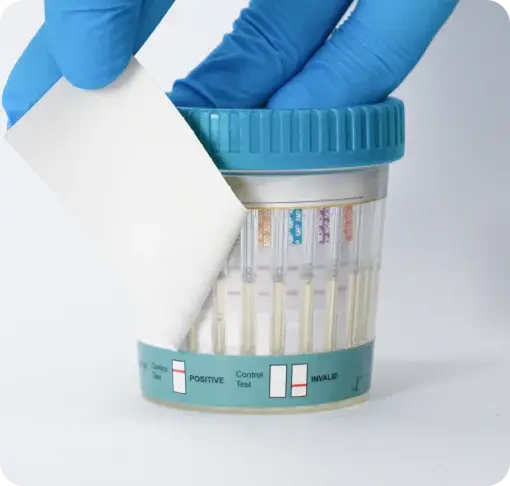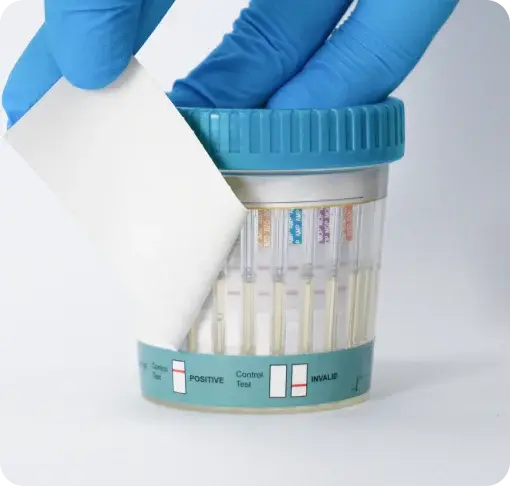Understanding the Benefits of Drug and Alcohol Testing at Work
Implementing a drug and alcohol testing policy in the workplace is a significant step toward ensuring a safe and productive environment. Whilst drug testing isn’t necessarily a legal requirement, the Health and Safety at Work etc. Act 1974 mandates that employers must, as far as is reasonably practicable, ensure the health, safety, and welfare at work of all their employees. This can be interpreted to include taking reasonable steps to prevent employees from working under the influence of drugs or alcohol if this could pose a risk to themselves, their colleagues, or the public.
Even in high-risk jobs like construction and aviation, where safety is a major concern, introducing drug testing can meet with employee apprehension. Clear, compassionate communication is crucial to help your team understand the reasons behind drug testing and how it will be conducted. Here's how to effectively introduce drug testing in your workplace:
1. Emphasise Safety and Well-being
Start by highlighting the primary goal of drug and alcohol testing: enhancing workplace safety and the well-being of all employees. Make it clear that the initiative is not about invading personal privacy or mistrust but about creating a secure environment where everyone can perform at their best.
2. Provide Clear Information
Well before the implementation, provide detailed information about the drug testing policy. This should include the types of tests to be used (e.g., urine, oral fluid, breathalyser), substances that will be tested for, and the circumstances under which tests will be conducted (such as pre-employment screening, random testing, or post-accident).
3. Outline the Process
Describe the testing process step by step, so employees know exactly what to expect. Clarify how and where samples will be collected, how privacy will be maintained, and the measures in place to ensure the accuracy and confidentiality of test results. At AttoSure, we employ primary and secondary testing phases: Point of care testing is great for a first pass, but if a non-negative result is found, we confirm with secondary laboratory testing.
4. Discuss the Implications of Positive Tests
Be upfront about the consequences of testing positive, but also emphasise the support available for those who may need help. Whether it's access to counselling services or a substance abuse programme, make sure employees understand that the focus is on support and rehabilitation, not punishment.
5. Address Concerns and Answer Questions
Create a safe space for employees to voice their concerns and questions. Whether through Q&A sessions, one-on-one meetings, or anonymous feedback mechanisms, it's important that employees feel heard and that their concerns are addressed.
6. Highlight the Benefits
Discuss the benefits of a drug-free workplace, including increased safety, improved productivity, and potentially lower health care costs. Make sure employees understand how the policy benefits not just the company but everyone in it.
7. Ensure Fairness and Consistency
Reassure your team that the drug testing policy will be applied fairly and consistently across all levels of the organisation. Knowing that the policy applies to everyone, including management, can help mitigate feelings of unfair targeting.
8. Provide Resources for Further Information
Offer resources for employees who want to learn more about substance abuse and available support services. Whether it's literature, workshops, or links to reputable websites, providing resources can help employees make informed decisions about their health and well-being.
Conclusion
Introducing drug testing in the workplace is about fostering a healthy, safe, and productive environment. By communicating openly, addressing concerns, and emphasising support, you can help ensure that the policy is received in the spirit it's intended: as a measure to protect and improve the workplace for everyone. Remember, the goal is to create a culture of safety, support, and mutual respect, where every employee feels valued and protected.
Read About Workplace Testing

